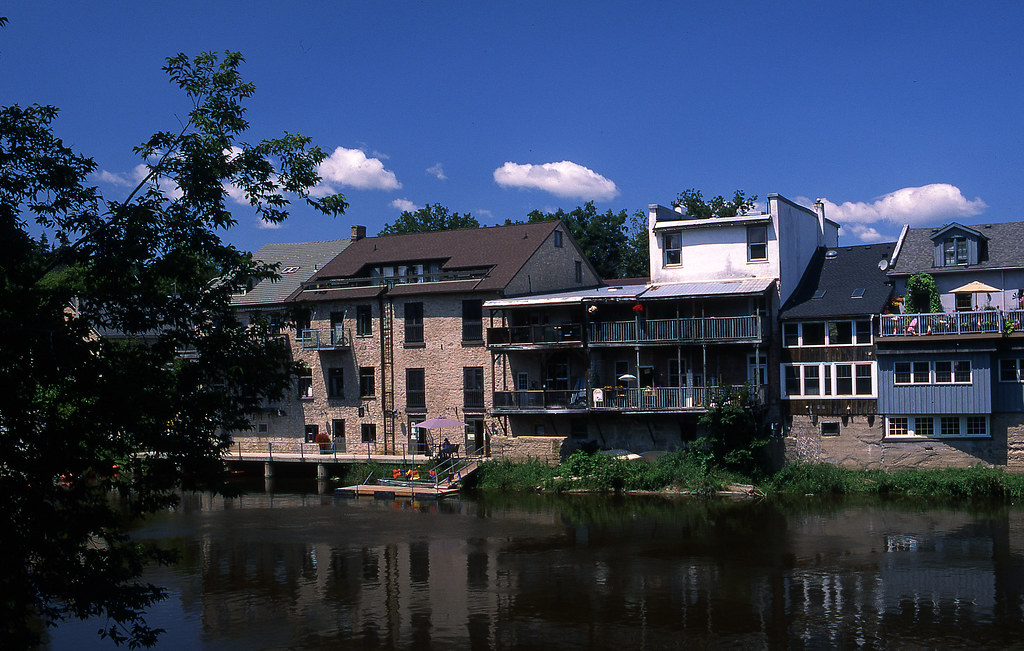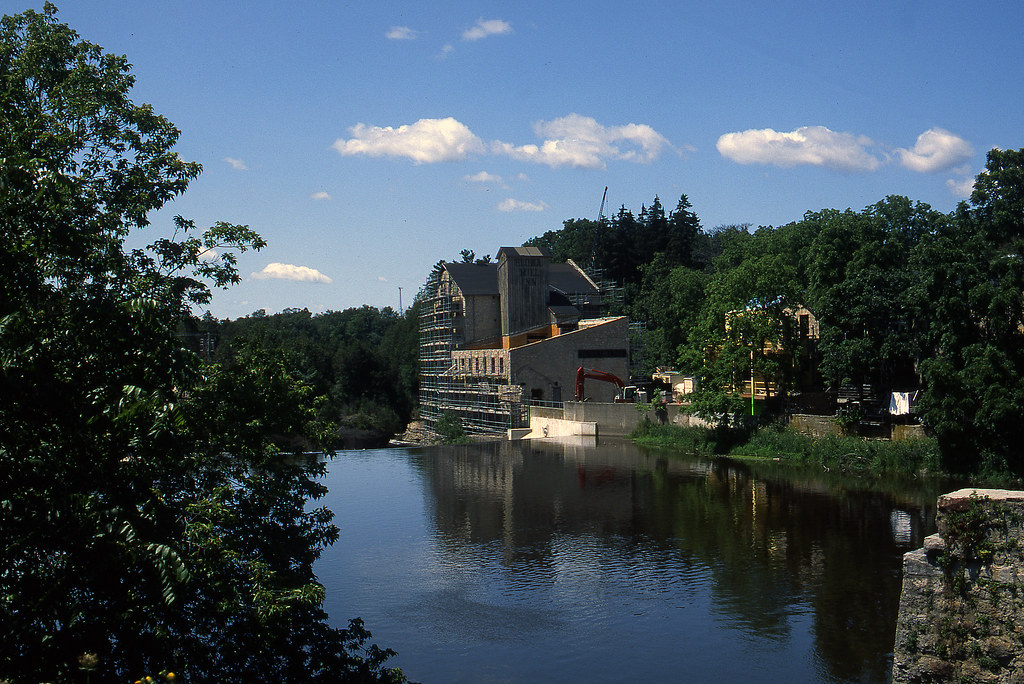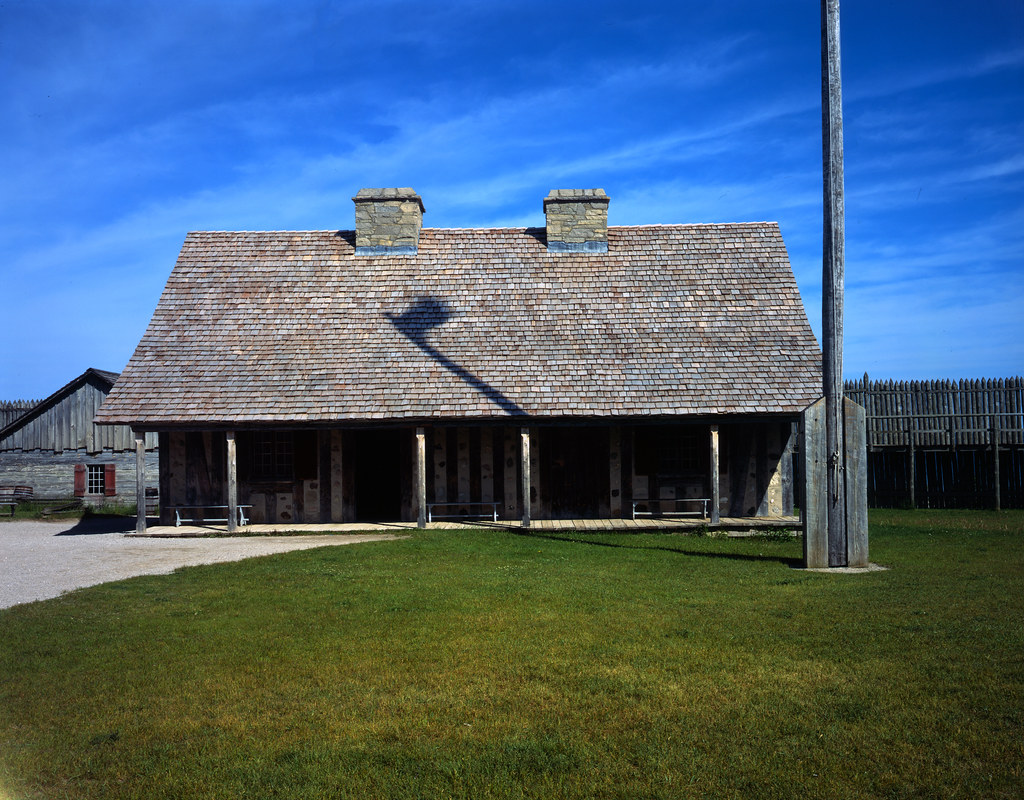When I was starting to shoot film seriously, I stuck mainly to negative colour stock but started experimenting with black & white, but slide film was something that I avoided. Slide film was for professional photographers or travel photographers who wanted to share their trips on a slide projector. My first experience with slide film was Fuji Sensia and I was hooked. So I decided to jump right into the iconic Fuji slide film, Velvia. The original Kodachrome killer, and yet I only started shooting the stock after it got discontinued, the first roll running through my camera in 2009.

Film Specs
Type: Colour Reversal Film (E-6)
Film Base: Triacetate
Film Speed: ASA-50
Formats Available: 135, 120, 220, 4×5, 8×10, 13x18cm, Super8, 16mm
Discontinued: 2005




Colour Rendition
There is a reason that the nickname for Velvia is Fujifilm Velveeta. The reason is that Velveeta is a cheese ‘product’ with an artificial orange colour and rich, creamy consistency. That is exactly what you get with the shades of Velvia, rich, creamy, and often unctuous as it tends to exaggerate colours. The high-contrast nature of the film will make the colours pop or reach out from the slide and punch you in the face. You’ll notice this in all colours, but mainly in the reds and blues, followed by greens. While this works well for landscapes, you do have to watch for skin tones, although I did find that it wasn’t too bad in the few times I’ve photographed people with Velvia. While many aren’t too happy with the punchy colours, they can add drama to the images in the right situations.




Image Quality
the one thing that you don’t have to worry about is image quality. Velvia produces a delightfully sharp and fine-grained image that offers up a nearly grain-free image no matter if you’re scanning or projecting. The one thing you will notice about the film is the contrast; this is probably the pinnacle of high-contrast for colour films, but don’t let that stop you. Like any slide film, you need to be accurate with your exposure as there is a bit of latitude but nothing like what you get with colour negative or B&W films. If you are metering, especially portrait work, you’ll want to meter the light falling on your subject, incident metering, and try and average as best you can between the shadows and highlights. In the shot of the ladies at Fort Michilimackinac, you’ll note that I missed this and lost the one woman’s face in the shadows of her hats. But when you do get that exposure nailed, you’ll be treated to clean highlights, dark shadows, and excellent colour tones across the image.




Scanning
While most slide films can be challenging to scan, and Velvia can be a bit of a challenge, but if you have correctly exposed film, the scanning is much easier. The one thing that I did notice with Velvia is that it tends to scan in with a basis towards magenta. I only found that when scanning with Epson software and the V700 scanner. It did a better job nailing the colour balance using the Nikon Coolscan V ED and Nikon Scanning software. Thankfully any colour shifts can be easily adjusted for in post-processing; even Adobe Photoshop’s automatic adjustments are enough to fix any colour shifts. While you won’t get as nice of a result with expired film, you can get the slides almost back to normal with a bit of time. There is some introduction of colour aberrations, but nothing that a bit of work in Photoshop won’t fix.




Overall Impression
If Sensia introduced me to slide film, Velvia showed me exactly what slide film could do! However, a specific photograph and subject matter makes Velvia, so you get that Velvia punch. You want to shoot the stock in bright conditions with lots of hard light and plenty of copunch. You also have to remember Velvia filled in a gap in the slide film market; when it was released, the biggest player for professional photography and the slow film was Kodachrome 64, but Kodachrome required a specific and complex processing method. Velvia provided a similar experience but could be taken to any lab and have at the time a 1-2 hour turnaround time. And while the original has been discontinued for a decade and a half now, the new film stock is still hanging on (barely). But the big question is which version do I prefer, the Velvia or Velvia 50? I have to say, I prefer the original Velvia; I found it a bit more forgiving especially when I shot the film at ASA-64, and it has a far more punchy result. These days, the original Velvia can still be found, but it is starting to get on in age, so if you have any rolls left, now is the time to shoot them; you’ll probably want to shoot these closer to ASA-25 have them developed normally. Because Velvia does not age well when poorly stored, and you’ll get some serious colour shifts. But if you do get your hands on a cold stored roll or, if you’re lucky, a box of 4×5, you’re in for a real treat.